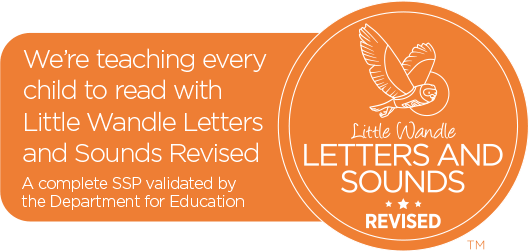Design & Technology
At Lord Street, we want our children to think like designers and use their creativity and imagination to design and make products solving problems in a range of contexts and using a range of equipment. Children will draw on the disciplines of other subjects including mathematics, science, computing and art and learn how to evaluate popular designers and existing products and use them as inspirations for their own designs.
Through Design and Technology, we encourage the children to design, make and evaluate products for a purpose, using creativity and imagination. Children will have the opportunity to revisit their previous learning experiences supporting greater retention of knowledge and skills. Our Design and Technology curriculum provides children with opportunities to develop their skills using a range of media and materials and gives them the opportunity to explore and evaluate different creative ideas. Children develop their knowledge of the styles and techniques used by a variety of designers, chefs, architects, engineers and craftspeople.
EYFS
The teaching of design and technology at Lord Street Primary School begins with and builds on the Early Learning Goals for Technology and Exploring and using Media within the EYFS. We provide a range of experiences that encourage exploration, observation, problem-solving, critical thinking and discussion. These activities, indoors and outdoors, attract pupils’ interest and curiosity. Activities are linked to children’s interests and experiences give children experiences working with different materials, using simple tools such as scissors and joining materials when making models.
Key Stage 1 & 2
The Design and Technology curriculum for years one to six is based around 5 areas which are revisited across school. These areas are:
- Food
- Electricals
- Textiles
- Construction
- Mechanisms
Each unit of work starts by evaluating and critiquing the work of a famous designer, chef or craftsperson, discussing the functional and aesthetic properties of the designs and using this as inspiration for their own work. The children apply the skills of design, make, evaluate, and improve creating prototypes and exploring a range of materials and joining techniques across the units. The knowledge and skills of each unit builds on the children’s previous learning, as they hone their skills and develop their understanding of more complex and intricate techniques.
Our children organise their knowledge, skills and understanding around the following learning hooks:
- Master practical skills
- Design, make, evaluate and improve
- Take inspiration from design throughout history
These key concepts underpin learning in each year group This enables children to reinforce and build upon prior learning, make connections and develop subject specific language.
Through the explicit teaching of the design skills, both the teachers and the children assess their learning continuously throughout the lesson. At the end of the unit, children will have completed a piece of work based on their learning.
Evidence
At Lord Street children have the opportunity to record their learning in a variety of ways, which is recorded within DT planning books. Evidence of the learning is dependent on the lesson outcome, year group and the skills being developed. This can be in the form of fact file of studied craftsman, focused skill being practised or final piece of artwork.
Assessment
Teachers assess children’s learning throughout each lesson to ensure understanding of skills and knowledge before building onto future learning. In addition, children will also complete final pieces of artwork.
Subject Leaders
Subject leaders will conduct deep dives, which include lesson drop ins, pupil interviews and book looks to measure the impact of our teaching, based on how much children can remember.





